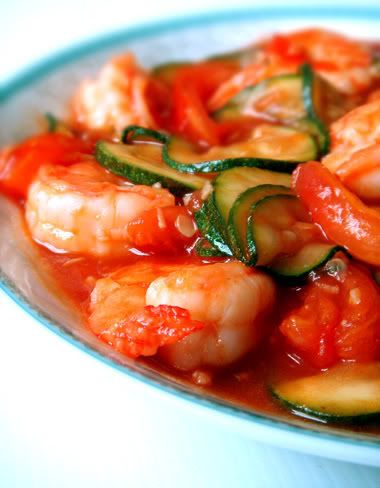




AN 31 — It escapes me why but somehow nasi Padang, resplendent with a range of drool-inducing offerings like rendang, telor dadah, ayam korma and bakar, ikan assam, babat lemak and even sambal petai, especially over a plate of simple steamed fluffy rice (with a dash of sambal belacan), is sadly hard to find in Malaysia, especially in KL. One really has to look hard. There may be some nasi Melayu or nasi kandar stalls here and there touting one or two Padang-styled dishes but there are really like an oasis in the desert.
But down south in Singapore, the obverse is obvious. Nasi Padang stalls proliferate and grow wildly in almost every hawker centre, kopitiam and food court. Rare is the nasi Melayu stall and nada for nasi kandar outlets here (someone, do something about this especially the nasi kandar part).
But if you, the brave and patient food anthropologists, are considering meandering down south to Singapore to excavate for some truth behind the nasi Padang culture here, then take my advise, avoid the shiny and bright stalls that line the eateries in strange (to me) tourist traps like Orchard and even the Suntec area (believe me, folks up north deserve what Singaporeans enjoy most too).
Drag your bottoms into the MRT train and get off the Paya Lebar station in the east. You will be about 250 metres away from a humble old mak cik tending to her kids who have inherited her 60-year-old recipes handed downed from her gastronomic bloodline in Padang, Indonesia. They churn out dozens of bright, spicy-looking and very distracting dishes in their nasi Padang stall in this largely Muslim hawker centre. They light the trays of makan with warm halogen light and are awfully cheerful.
Hajjah Mona warms the chair outside her little stall and greets you with a comforting smile through her petite frame. Pushing 70, this spritely grandmother lords over her grown kids who diligently churn out up to 35 dishes each day in that claustrophobic kitchen. She is the kitchen prefect and nothing that her son Razak whips out escapes her nose and palate. The diligent queue at every peak meal hour never fails to clear her daily platter of rendang, which is done traditional style — using a firmer cut of the leg, stewed over low fire for hours till it comes softly chewy and densely spiced. The fibre and grain of the beef just peels off.
What I suggest you do not miss too is to smother the plate of rice and rendang with a helping of their urap salad. They do one of the meanest renditions around — with raw bean sprouts, kacang botol (four-angle beans), urap rajah (Nyonya green herb), all tossed with gorgeous serondeng (pan-stirred spicy grated coconut), gula melaka, chilli sambal and flavoured with cheko (a lesser ginger root). They churn this salad one pot at a time to keep the fluffiness at its prime and toss this up to 15 times a day. One bite into the rendang, textured with the cold urap and warmed with the soft nasi, can make many go silent and soft at the knees.
One other dish I do not miss, whenever I need to look away from her rendang, is their assam sambal stingray (ikan pari). The tang, spiciness and the sting from the chilli sambal, paired with the smooth, fresh, chunky and slippery flesh, is mildly addictive, especially over that same rice and urap. And if meat turns you off that day, ask Hajjah Mona for their nasi jeganan — urap doused with peanut sauced and topped with sambal goreng with crispy and spicy tempeh bits. Magnificent, and the best part, all at hawker centre prices.
Source : http://www.themalaysianinsider.com/index.php/opinion/kf-seetoh/17258-nascent-nasi-padang

Tidak ada komentar:
Posting Komentar